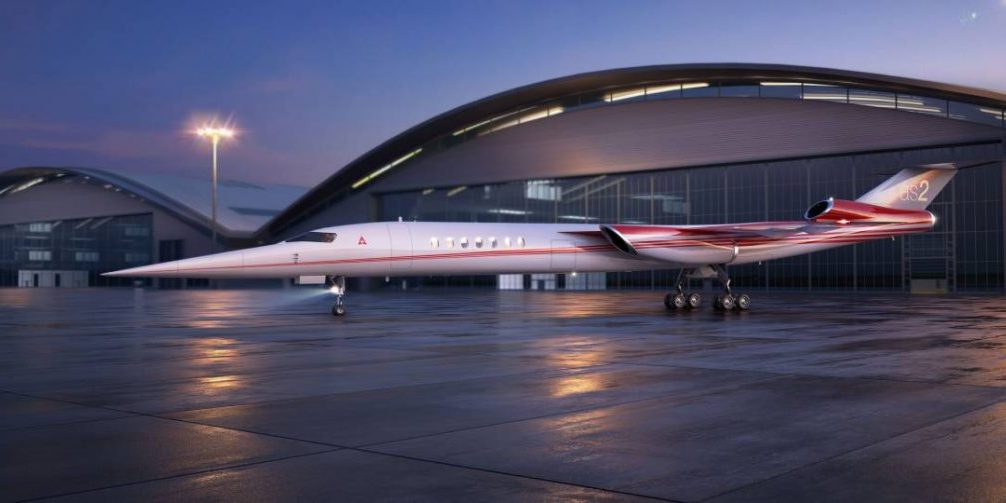There is a “sizable and growing market” for supersonic business jets (SSBJs), according to market research data presented by JetNet iQ managing director Rollie Vincent this week at the NBAA Business Aircraft Finance, Registration, and Legal Conference in Fort Myers, Florida. “Each time we analyze this market segment, customer interest and overall demand have increased. Our projected demand is for three SSBJ deliveries per month.”
About 72 percent of those surveyed by JetNet iQ believe an SSBJ will be in service in 10 years, while 71 percent agreed that speed is the next frontier in business aviation. Meanwhile, 31 percent would be more likely to consider purchasing an SSBJ if FAA regulations regarding supersonic overland flight are made less restrictive.
Vincent expects the SSBJ early adopters to mirror those for ultra-long-range jets, which would see corporate operators account for about 32 percent of the SSBJ market; ultra-high-net-worth individuals and private corporations, 25 percent; aircraft management, charter, and fractional, 24 percent; and government and head-of-state, 19 percent.
Co-presenter Ted Ellett of law firm Hogan Lovells added that the biggest obstacles to civil supersonic aircraft are regulatory, not technical. He specifically mentioned lack of FAR Part 36 landing and takeoff noise certification standards and supersonic overland flight restrictions. An industry working group that includes Aerion, Gulfstream, GE, Honeywell, and Embraer is currently tackling both issues, said Ellett.
“Since the GII was introduced in the mid-1960s, business jet speed has increased only 10 percent,” he said. “It’s time for supersonic business jets.”







